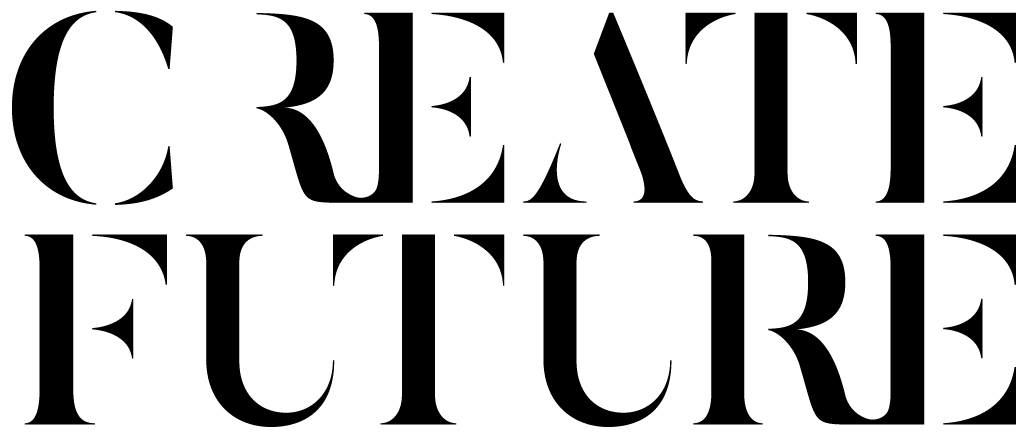Turning Feedback Into Fuel for Creativity
Creativity is how we as humans develop original ideas, it’s a skill that we can develop as we grow.
Creativity is also a process, it doesn’t happen by accident. It needs structure to progress to a defined end point.
A painter stands in front of a blank canvas, there are infinite art works that could be created. The outcome is undefined at the start of the process. The painter needs creative confidence to get from the blank canvas to the priceless artwork. Along the way they will need feedback, to gather influences, to explore potential options, to decide what to paint, to sketch out the idea and to put it into the world. Each of those stages requires different inputs in different forms to progress and feedback is one of those inputs.
Design teams also work in undefined outcomes and need feedback to progress. They need feedback to define their brief, to explore possibilities, to make decisions, and to put the design into the world.
Self belief in the face of undefined outcomes and opinions is hard, and creatives throughout the ages have struggled with self belief. Trusting yourself, your process and the knowledge that you will get to a great end point: this is creative confidence. Feedback can set fire to your creative confidence or be the fuel that powers the creative engine.
So, how do you ensure feedback is fuel for your creative engine?
Start by understanding that feedback takes multiple forms, the right feedback at the wrong time isn’t helpful. Similarly, the wrong feedback at the right time isn’t helpful.
Let’s look at the standard design thinking process; empathise, define, ideate, prototype and test.
When you are in the empathy and define stages of your process; ideation feedback isn’t useful. For example, your question is ‘who is this for and what do they need?’ And the feedback is ‘a yellow one’.
When you are at the ideation and prototyping stage of your process; empathy and definition feedback isn’t useful. For example, your question is, ‘would this meet the needs of this audience?’ And the feedback is, ‘that’s the wrong audience’.
As a leader, or part of a design team, it’s part of your job to control the feedback process with your stakeholders. Ensure that they fully understand what you are trying to achieve, where you are in the process and therefore, what type of feedback is useful at this stage. Don’t forget to make it clear what is not useful at this stage.
Creativity is a process, and creative confidence comes from trusting yourself and your process.
Plan your feedback points, educate your stakeholders and harness the power of feedback to fuel your creative engine.
Not only will you get a better result, you will have educated, engaged, and happy stakeholders and you will build your own creative confidence for the next bigger, and even better, project.
